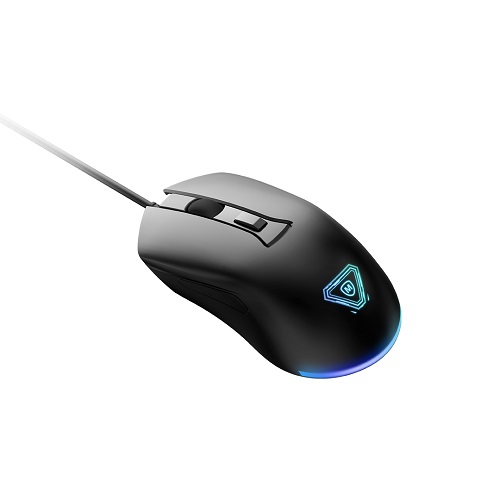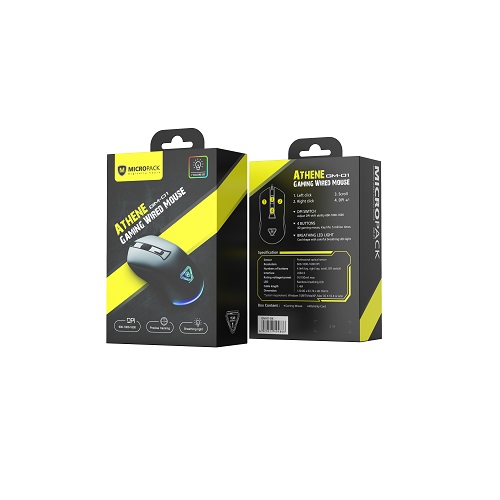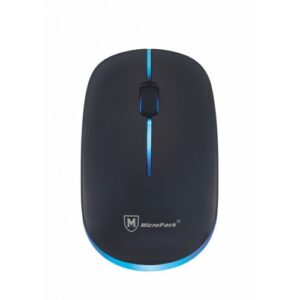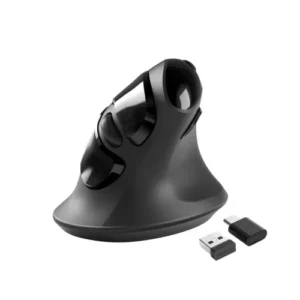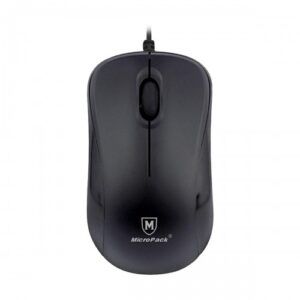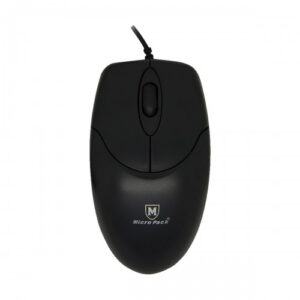Key Features of Wired Keyboards
Wired keyboards offer a variety of essential features that significantly influence their performance and user experience. One of the primary specifications to consider is the number of keys. Most wired keyboards typically feature a standard layout that includes at least 101 to 104 keys, including function keys, a numeric keypad, and various special keys. This 4-key configuration allows for efficient typing and gaming, providing users immediate access to vital commands and shortcuts.
Another crucial aspect of wired keyboards is their connection type, which generally leverages USB technology. This wired connection type provides several advantages over wireless alternatives, such as reduced input lag and an uninterrupted power supply. Users can enjoy seamless operation without the risk of battery depletion or connectivity issues that are often associated with wireless devices. The direct connection ensures consistent communication between the keyboard and the computer, making wired keyboards a preferred choice for gamers and professionals who require maximum reliability.
Additionally, resolution settings, often referred to as DPI (dots per inch), play a significant role in the functionality of wired keyboards. Typical DPI settings include 600, 1000, and 1600, each providing varying levels of sensitivity based on user preference. A lower DPI is suitable for tasks that require precision, while higher settings cater to fast-paced gaming environments. The ability to switch between these DPI settings quickly allows users to tailor their experience depending on specific tasks, thus enhancing their overall efficiency and performance.
Understanding these key features—number of keys, connection type, and DPI settings—can aid users in selecting the wired keyboard that best suits their needs, ensuring an optimal balance between functionality and comfort.
Physical Specifications and Warranty Information
The physical specifications of a wired keyboard play a crucial role in determining its ergonomics and usability. One of the most significant factors is its size, which is typically defined by its dimensions. For instance, a common measurement for wired keyboards is 120.06 x 63.74 x 40.76 mm. These dimensions accommodate both compactness and functionality, enabling users to have a comfortable typing experience without occupying excessive desk space.
Color options are another aspect of physical specifications that should not be overlooked. A variety of colors allows consumers to choose a wired keyboard that complements their workspace aesthetics. This personalization can also enhance user satisfaction and engagement, making the keyboard not just a functional tool but also an integral part of one’s office or gaming setup.
Moreover, the cable length of a wired keyboard is critical to its usability. A standard cable length of 1.4 meters offers sufficient flexibility for positioning the keyboard at an appropriate distance from the computer. This ensures that users can maintain an ergonomic posture while typing, reducing the risk of strain and discomfort during extended use.
In addition to physical specifications, warranty information is a vital factor to consider when purchasing a wired keyboard. A robust 1-year warranty serves as a reassurance of the product’s quality and reliability. Such warranties indicate the manufacturer’s commitment to customer satisfaction and support, providing peace of mind in the event of any defects or issues. Understanding these physical specifications along with the warranty not only aids consumers in making informed purchasing decisions but also ensures they choose a keyboard that meets their ergonomic needs and aesthetic preferences effectively.
